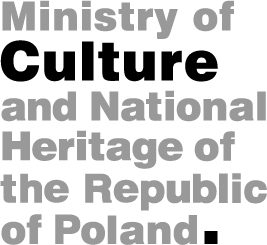|
|
a monument dispersed On Hitler's order, German soldiers blew up the entrance and the Hindenburg towers at night from 21 to 22 January 1945. They managed to salvage the Marshal's and his wife's coffins at the last moment. Being short of explosives, the retreating German army resigned from the total demolishing of the Memorial. Soon after that, troops of Red Army entered Olsztyn. After a few-day stay, Russian soldiers set fire on the city; about 40% of its substance, including many monuments of culture, were destroyed. What is interesting, the Russians did not finish the bursting-up of the remaining part of the Memorial; they only shot a documentary film, commenting on the devastated site as of a monument to German glory. After the war, The Tannenberg Denkmal continue to say until 1949. After that time, its systematic devastation begin, the construction being dismantled. Granite pavement of the courtyards were torn away, some of them being used as material for the construction of the Palace of Science and Culture in Warsaw, as well as steps of the stairway between the level of the street and the ground floor of the edifice of the Central Committee of Polish United Worker's Party (KC PZPR), the plinth of The Monument to a Guerrilla (also called The Monument to the Fighters for People's Poland or The Monument to the Guerrilla of Folk's Army) – a bronze sculpture designed by Wacław Kowalik, standing on a granite pedestal, carved by Stanisław Żaryn; the surroundings of the monument being designed by Zygmunt Stępiński and Kazimierz Marczewski. Some portion of pavement tiles was also used to build The Monument of Gratitude to the Red Army, still standing to date, now known as The Monument of the Liberation of Varmia and Masuria Lands in Olsztyn. The design of the monument was made by a sculptor Xawery Dunikowski, a former prisoner of Auschwitz-Birkenau concentration camp. The monument was realised by three sculptors from Cracow: Tadeusz Sieklucki, Edward Koniuszy, Antoni Kostrzewa with the help of masonry workers from Warsaw. At the moment, the site where the monument stands functions as a car park. The tiles from Hindenburg's mausoleum were partially sunk under cobble stone. The only stone tiles from the mausoleum are left in the strip along the axis of the composition and in a low wall, separating the square from Piłsudskiego street. Another object into which a part of the mausoleum was incorporated is also in Olsztyn. Stefan Jaracz's Bust, was made from 350 kg of bronze from molten plaques and letters of the Field Marshal Paul von Hindenburg's mausoleum. The bust is placed on a granite plinth, also being a part of that mausoleum; erected in 1946, it still stands in front of a theatre in Olsztyn. |
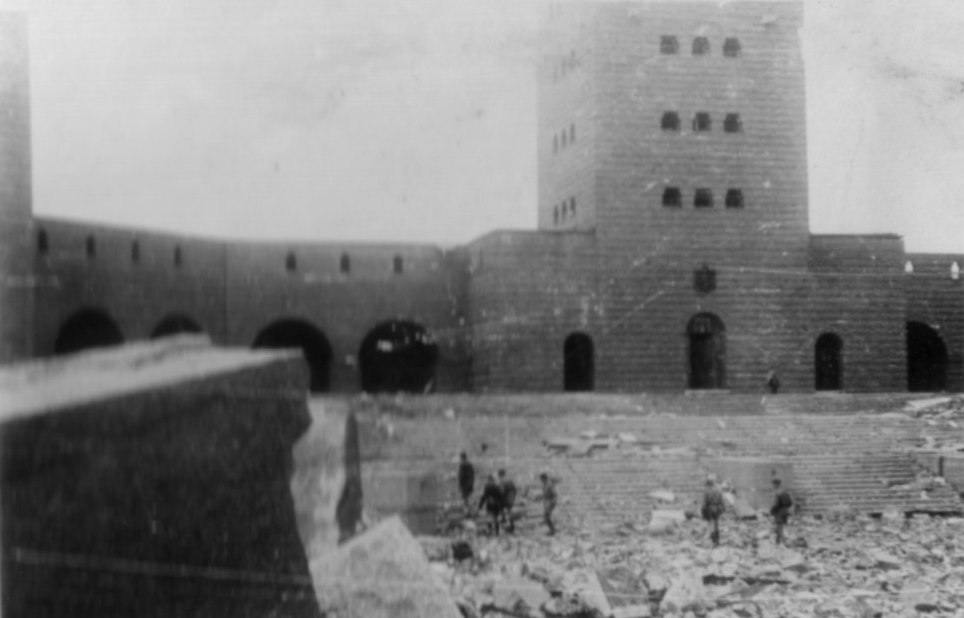
A ruined memorial, the 1940s. 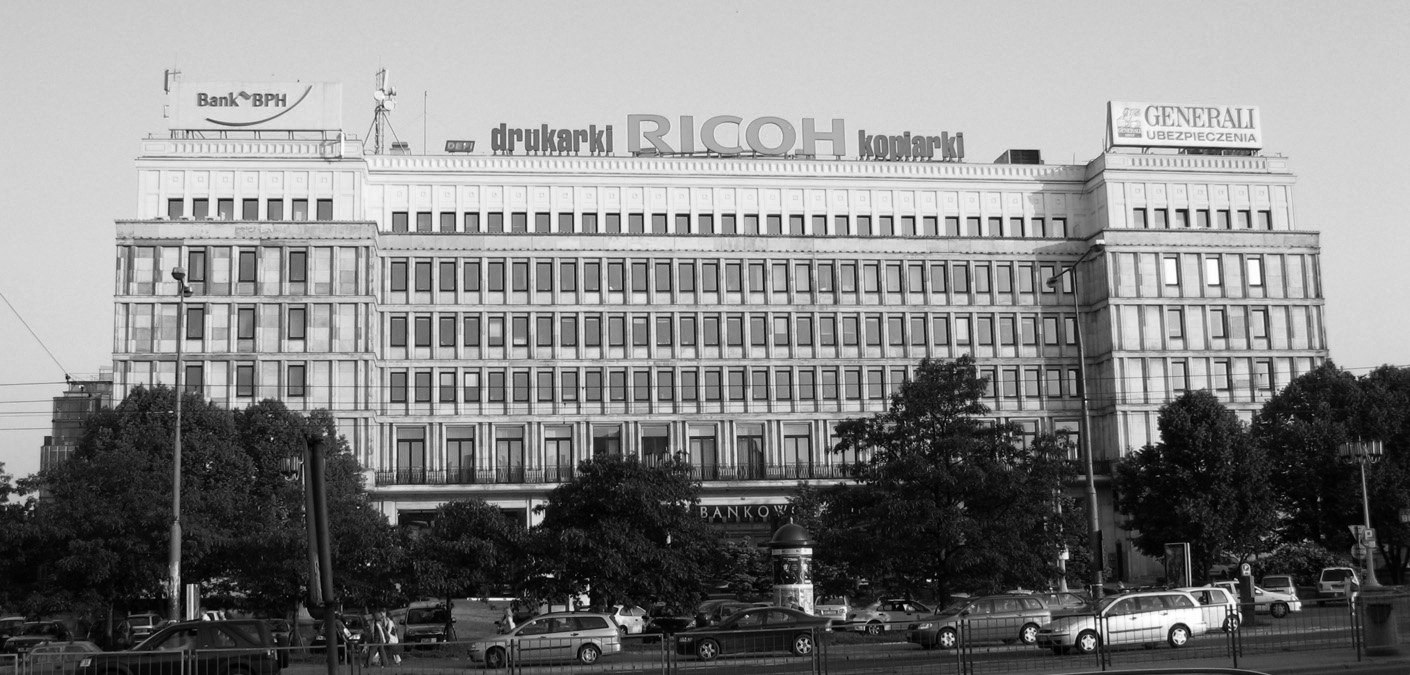
The edifice of KC PZPR with the stairs of granite tiles from The Tannenberg-Denkmal. 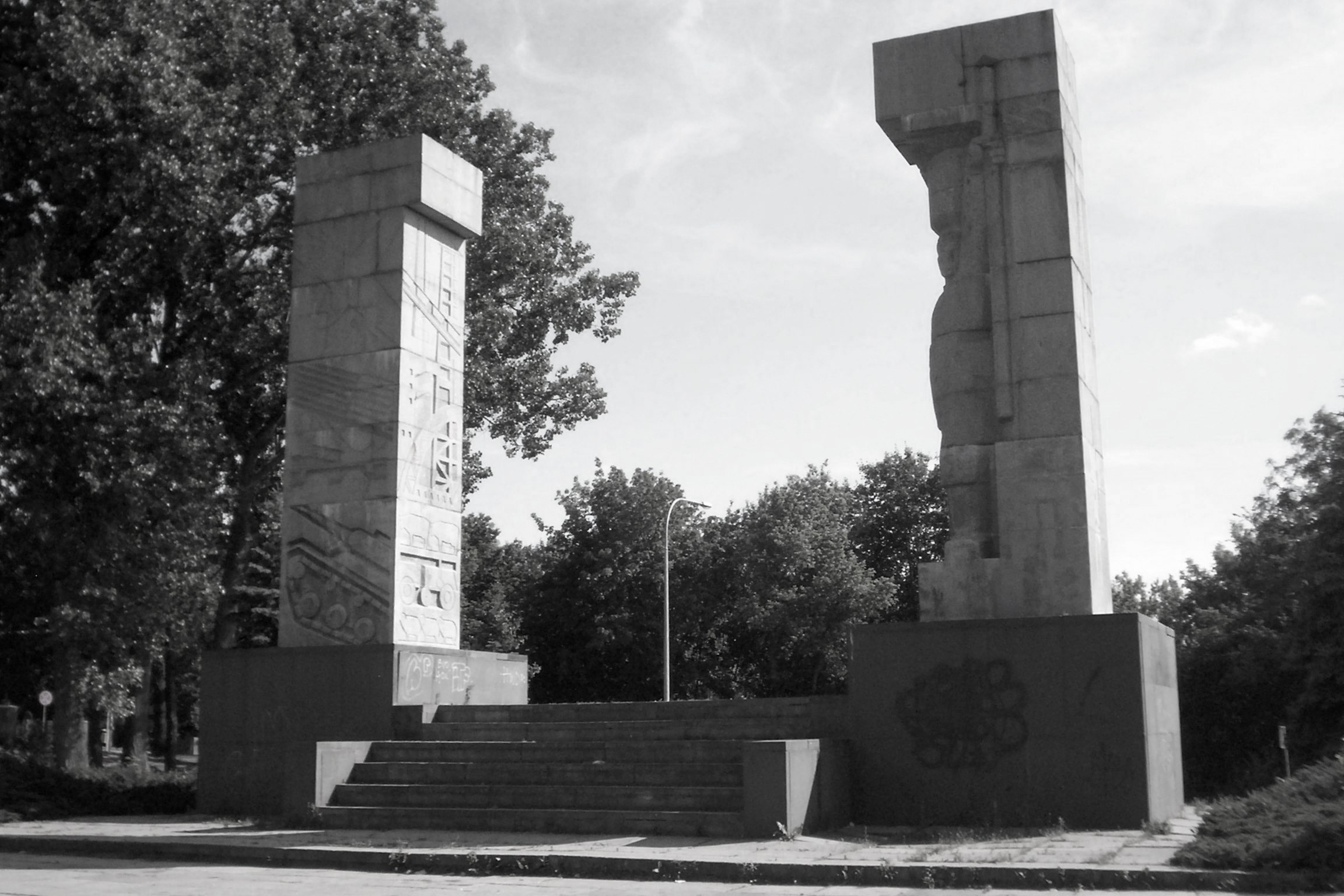
The Monument of the Liberation of Varmia and Masuria Lands in Olsztyn. The square around the monument is paved with granite tiles from Hindenburg's mausoleum. 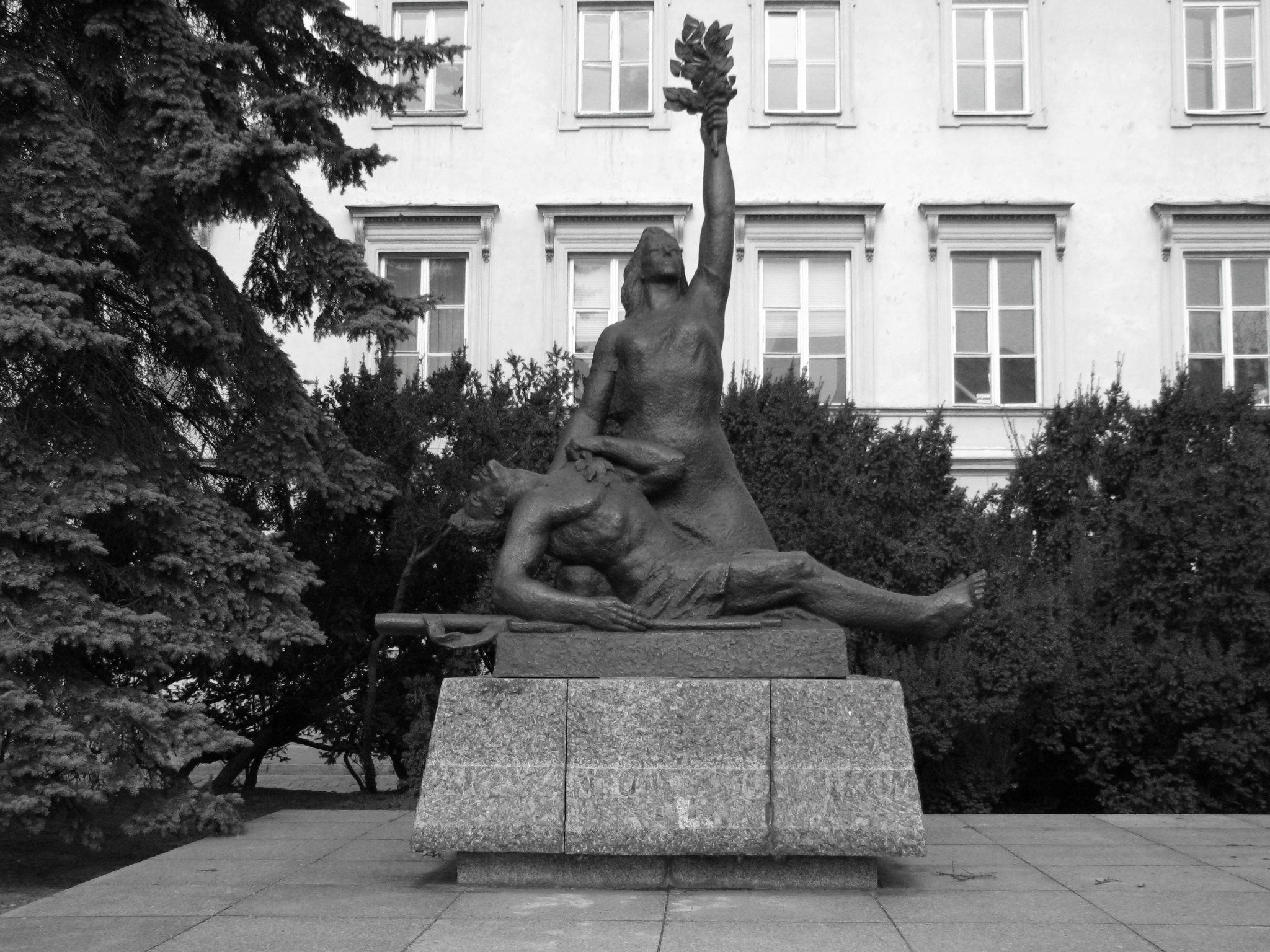
The Monument to a Guerrilla in Warsaw. The plinth of the monument is made of granite torn away from the courtyard of the mausoleum in Sudwa. 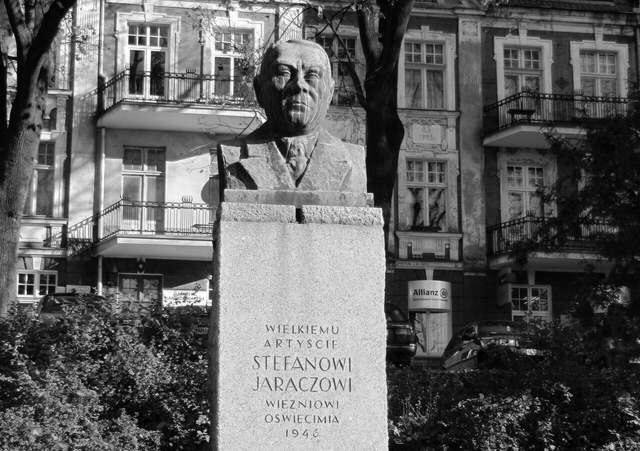
Stefan Jaracz's Bust in Olsztyn, made from molten bronze and granite from Hindenburg's mausoleum. |
|||
| |||||
